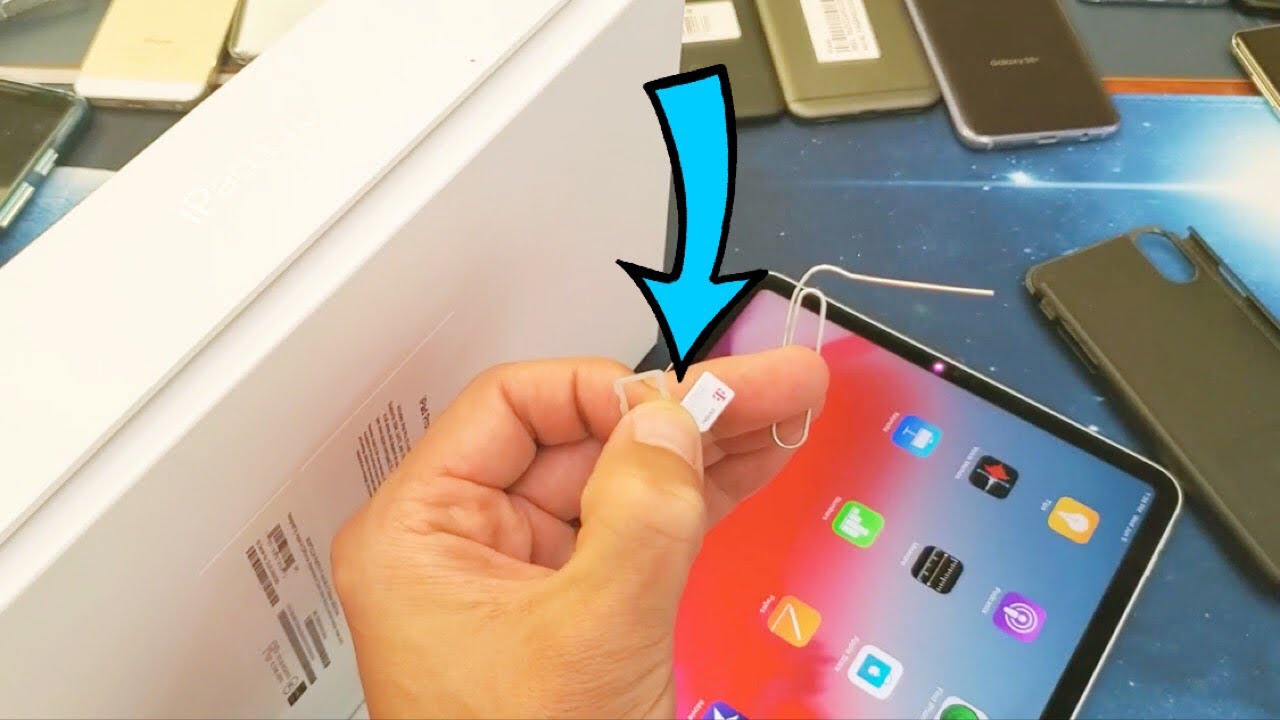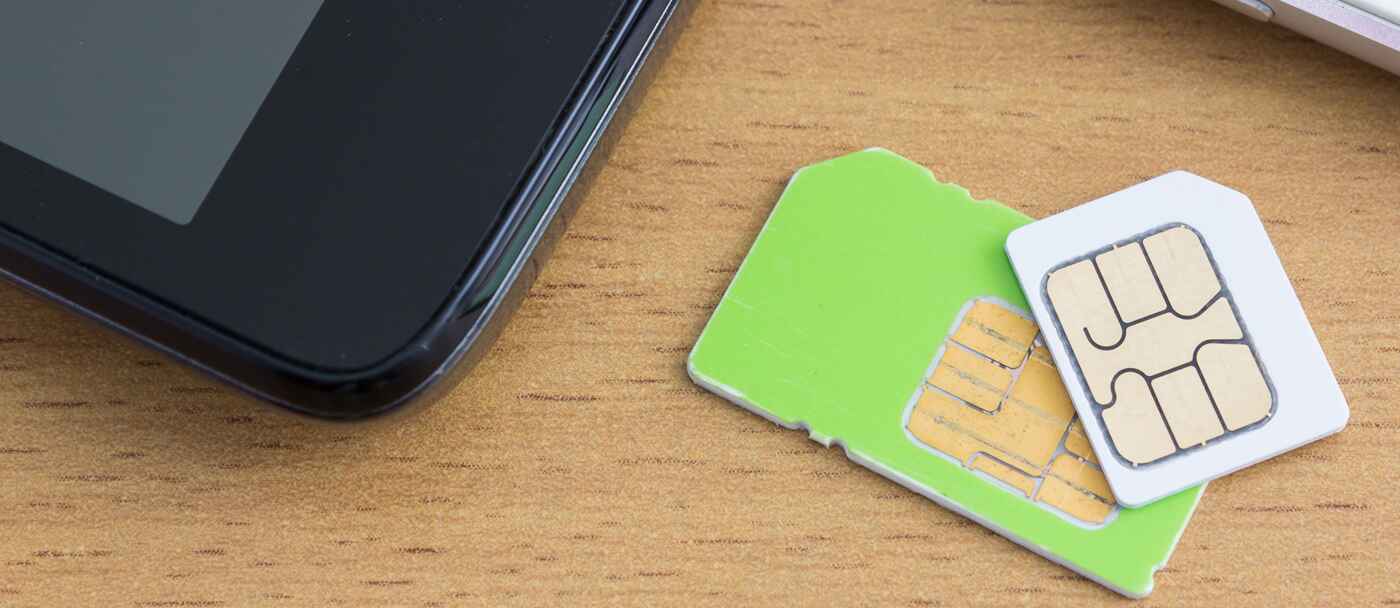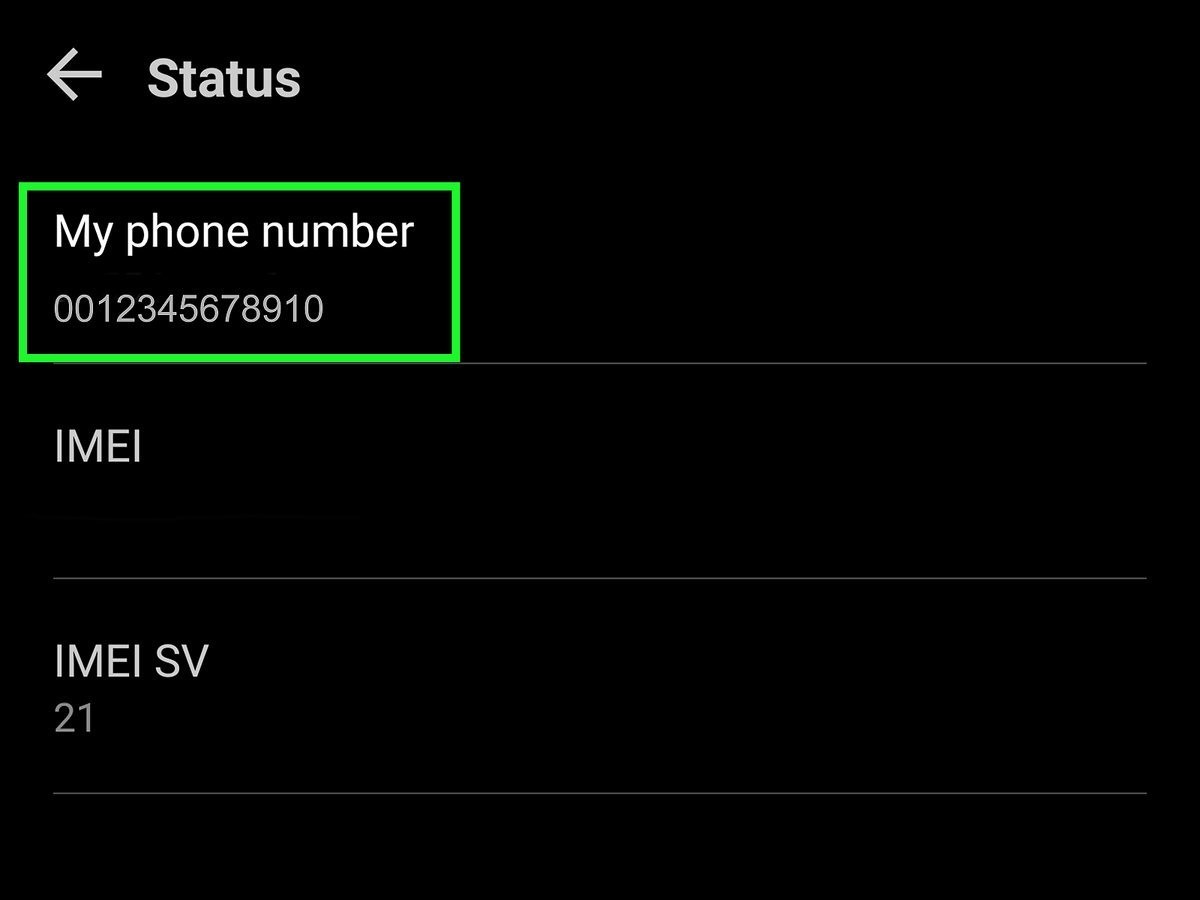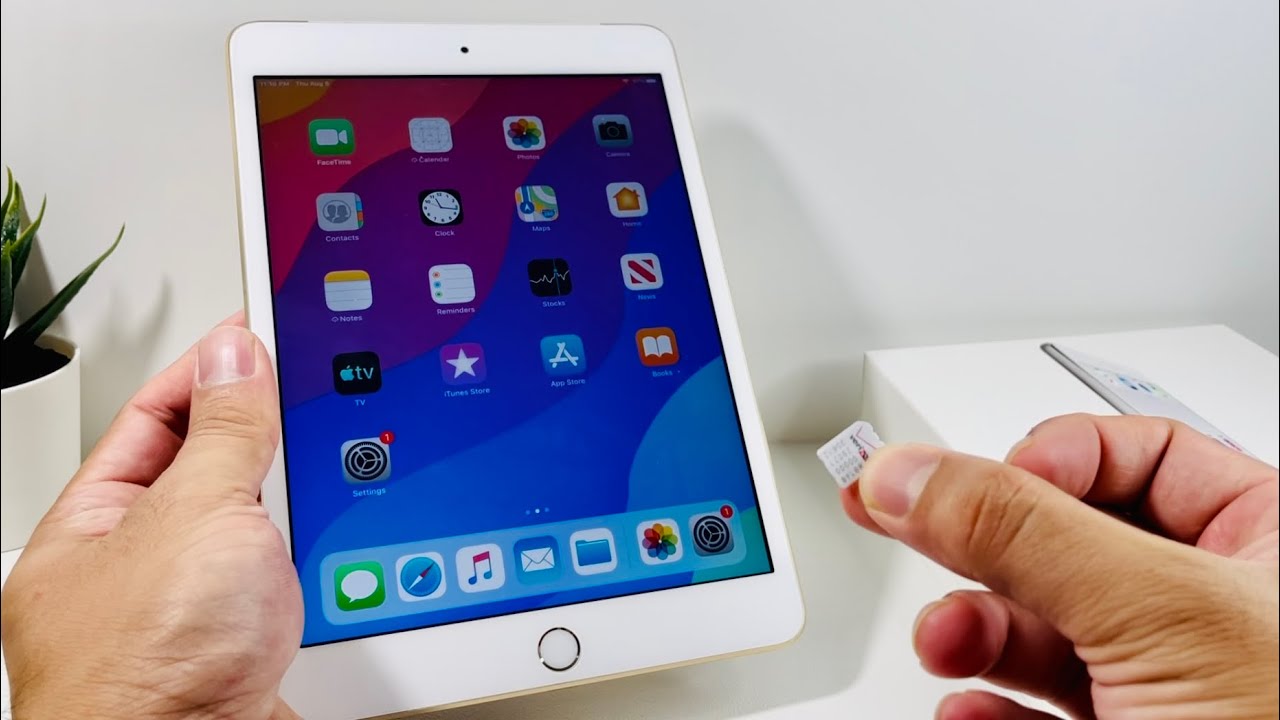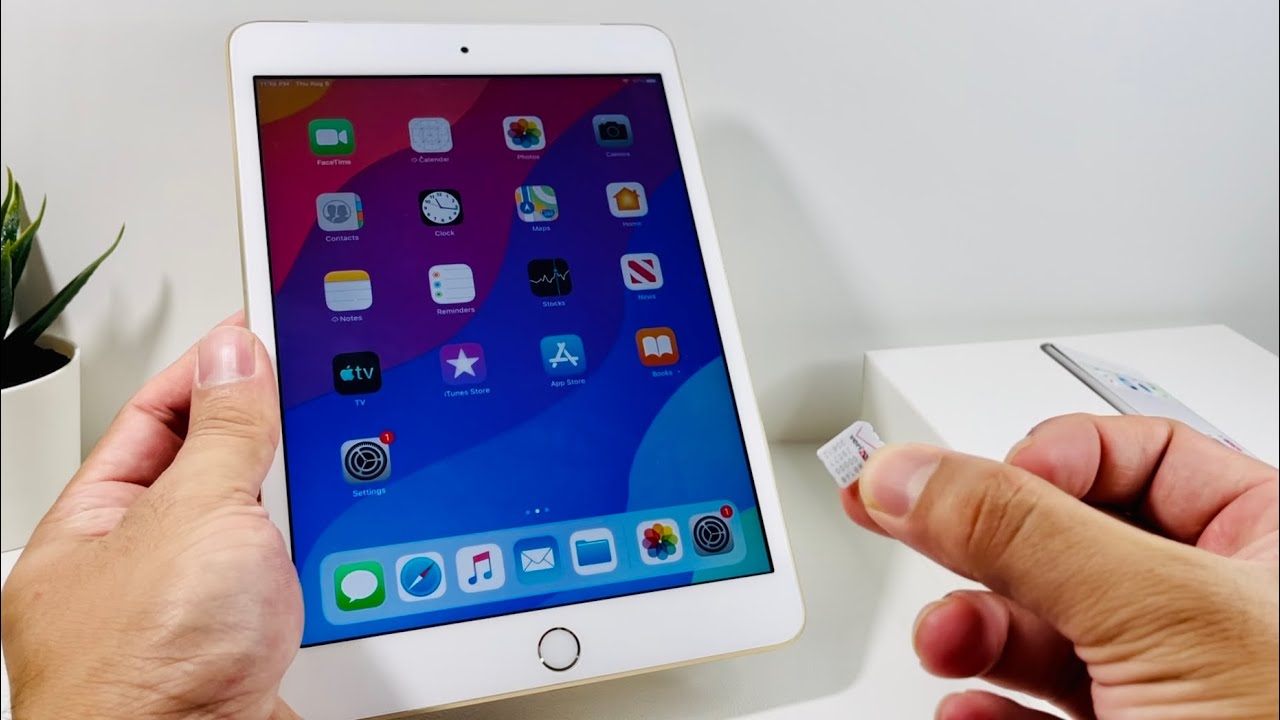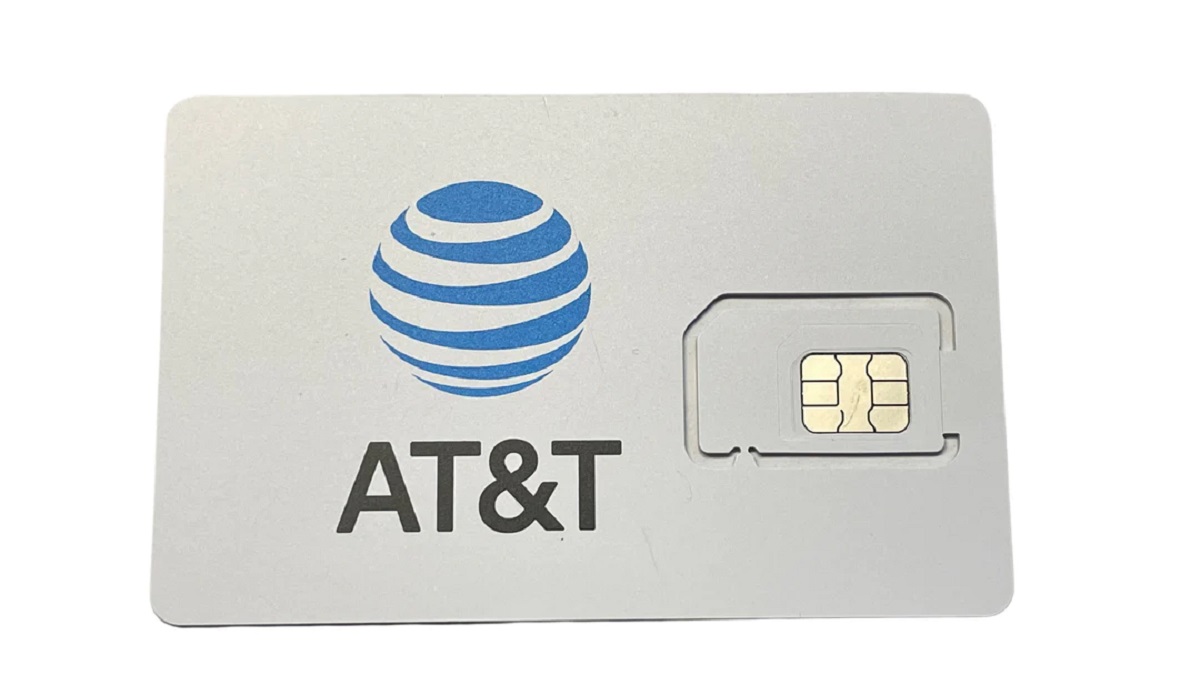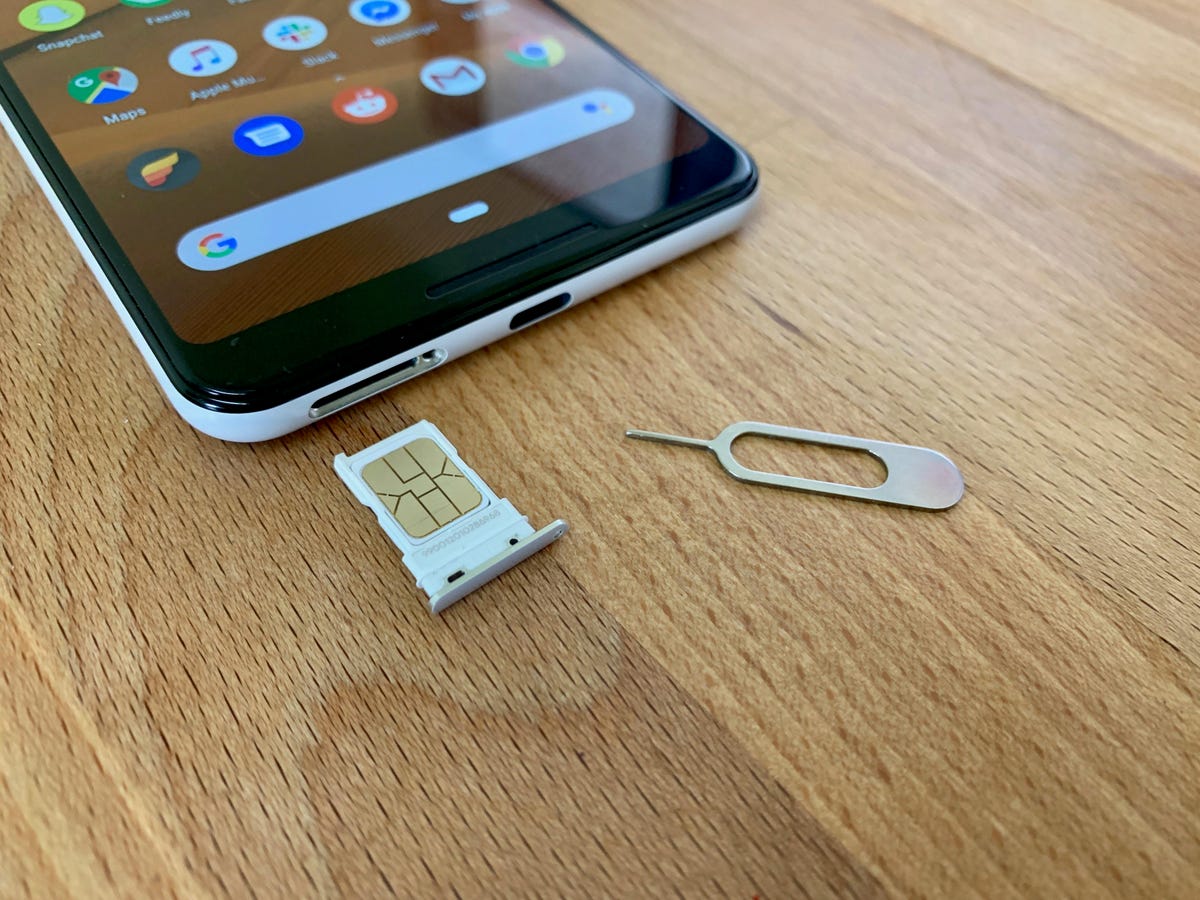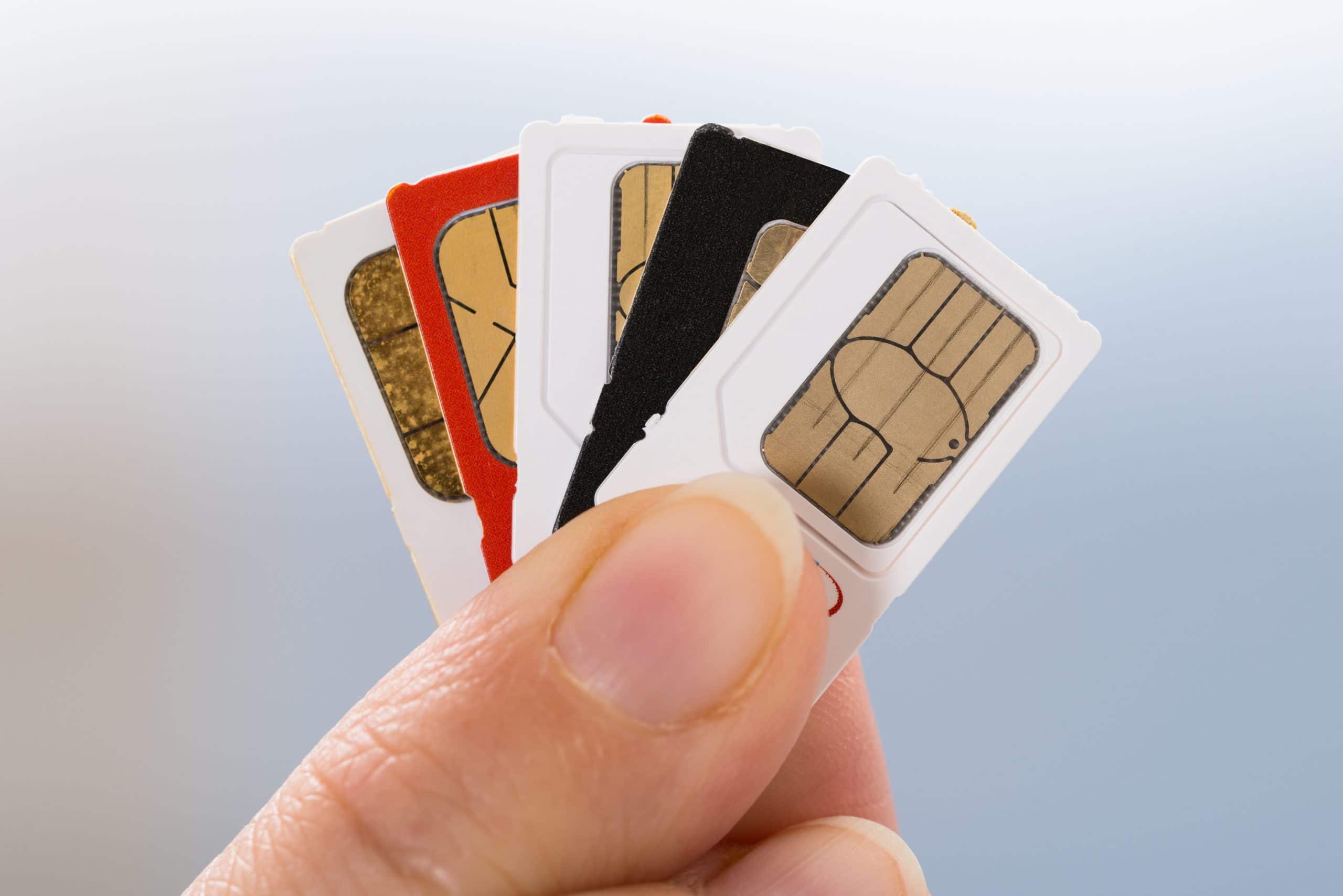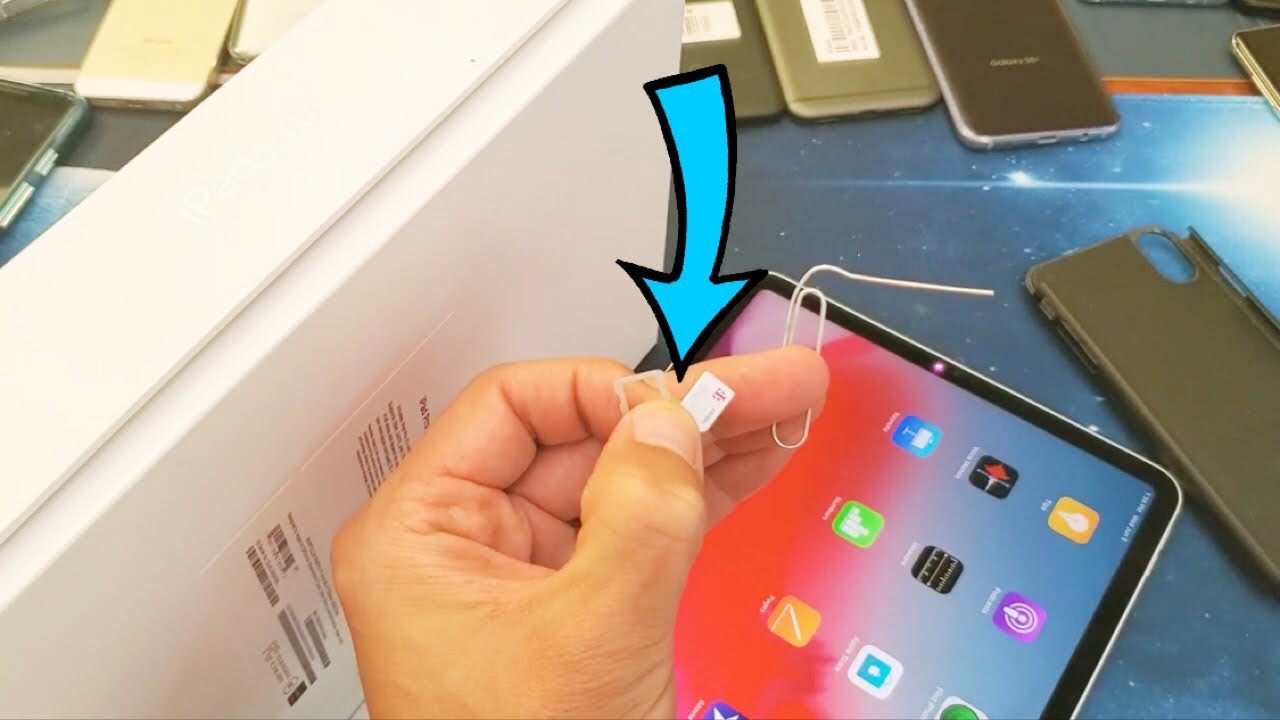What is a SIM Card?
A SIM (Subscriber Identity Module) card is a small, removable smart card that is an integral component of mobile devices such as smartphones, tablets, and iPads. It serves as the link between the device and the mobile network, enabling users to make calls, send text messages, and access cellular data. The SIM card contains essential information, including the unique identity of the user and the mobile network operator. It is a fundamental element in the functioning of mobile communication technology.
The SIM card is a compact, thumbnail-sized card that securely stores the subscriber's identity and information. It is easily recognizable by its distinct shape and size, making it compatible with a wide range of mobile devices. The SIM card is designed to be inserted into a slot within the device, ensuring a secure and stable connection to the mobile network.
In essence, the SIM card acts as a digital passport for the user, allowing them to authenticate their identity and access the mobile network's services. It holds crucial data, such as the International Mobile Subscriber Identity (IMSI), which uniquely identifies the user within the network, and the authentication key, which verifies the user's identity when connecting to the network.
Furthermore, the SIM card stores essential information about the user's mobile subscription, including the phone number, network services, and contact details. This data is securely encrypted within the SIM card, ensuring the privacy and security of the user's personal information.
In summary, a SIM card is a vital component of mobile devices, serving as the gateway to the mobile network and enabling users to communicate and access cellular services seamlessly. Its compact size and essential role in authenticating the user's identity make it an indispensable part of modern mobile communication technology.
How Does a SIM Card Work in an iPad?
When a SIM card is inserted into an iPad, it establishes a crucial connection between the device and the mobile network, enabling seamless access to cellular services. The process begins with the iPad's SIM card slot, typically located on the side or top of the device. Upon inserting the SIM card into the designated slot, the iPad recognizes the card and initiates the activation process.
The SIM card contains unique identification data, including the International Mobile Subscriber Identity (IMSI) and the authentication key, which are essential for the iPad to authenticate itself on the mobile network. Once the SIM card is inserted, the iPad communicates with the mobile network operator to register and activate the SIM card, allowing the device to connect to the network.
The activation process involves the iPad sending a signal to the mobile network, which in turn authenticates the SIM card and verifies its subscription details. This authentication process ensures that the iPad is authorized to access the mobile network and utilize the associated services. Once the SIM card is successfully activated, the iPad gains access to voice calls, text messaging, and high-speed cellular data, enabling users to stay connected and productive on the go.
Furthermore, the SIM card facilitates the allocation of a unique phone number to the iPad, allowing it to send and receive calls and messages. This personalized phone number is associated with the SIM card and enables seamless communication with other mobile devices.
In addition to enabling communication services, the SIM card also plays a crucial role in providing secure access to cellular data. It authenticates the iPad on the mobile network, allowing the device to access high-speed data services, browse the internet, and utilize online applications effortlessly.
Overall, the SIM card serves as the gateway for the iPad to establish a secure and reliable connection to the mobile network, enabling users to leverage a wide range of cellular services. Its seamless integration with the iPad ensures that users can stay connected, communicate, and access cellular data with unparalleled convenience and efficiency.
The Purpose of a SIM Card in an iPad
The purpose of a SIM card in an iPad extends beyond mere connectivity; it serves as a vital enabler of mobility, communication, and productivity. By providing seamless access to cellular networks, the SIM card empowers iPad users to stay connected, communicate, and access essential services on the go. Its significance lies in facilitating a range of functionalities that enhance the overall user experience.
Seamless Connectivity:
The primary purpose of a SIM card in an iPad is to establish a seamless connection to the mobile network. By authenticating the device on the network, the SIM card enables users to make voice calls, send text messages, and access high-speed cellular data. This connectivity ensures that iPad users can stay in touch with colleagues, friends, and family, regardless of their location.
Mobile Communication:
With a SIM card, iPads gain the ability to send and receive calls and messages, transforming them into versatile communication devices. The personalized phone number associated with the SIM card allows users to engage in voice conversations and exchange text messages, fostering effective communication in both personal and professional settings.
Access to Cellular Data:
The SIM card plays a crucial role in granting iPads access to cellular data services, enabling users to browse the internet, stream media, and utilize online applications. Whether for work, entertainment, or staying informed, the SIM card empowers iPad users to leverage high-speed data connectivity, enhancing their overall digital experience.
Enhanced Mobility:
By integrating a SIM card, iPads become truly mobile devices, capable of accessing cellular services without reliance on Wi-Fi networks. This enhanced mobility allows users to remain connected and productive while on the move, making the iPad a versatile companion for various activities, from business meetings to travel adventures.
Personalization and Flexibility:
The SIM card provides a personalized identity to the iPad, allowing it to be uniquely identified on the mobile network. This personalization grants users the flexibility to tailor their cellular services, manage subscriptions, and utilize network-specific features, enhancing the overall usability and customization of the iPad.
In essence, the purpose of a SIM card in an iPad transcends basic connectivity, encompassing the facilitation of mobile communication, access to cellular data, enhanced mobility, and personalized user experiences. Its integration elevates the iPad into a multifaceted tool for communication, productivity, and seamless connectivity, enriching the digital lifestyles of users across diverse scenarios and environments.
Benefits of Using a SIM Card in an iPad
The utilization of a SIM card in an iPad presents a myriad of compelling benefits, amplifying the device's functionality and empowering users with unparalleled convenience and connectivity. These advantages extend across various aspects of mobility, communication, and digital engagement, enhancing the overall user experience.
Seamless Connectivity and Mobility
By incorporating a SIM card, an iPad transcends the limitations of Wi-Fi dependency, offering users the freedom to access cellular networks from virtually any location. This seamless connectivity ensures that users remain connected, whether in bustling urban centers, remote rural areas, or during travel expeditions. The inherent mobility facilitated by the SIM card empowers users to stay productive and engaged, irrespective of their physical surroundings.
Uninterrupted Communication
The presence of a SIM card equips an iPad with the ability to engage in uninterrupted communication through voice calls and text messages. With a personalized phone number linked to the SIM card, users can effortlessly connect with colleagues, friends, and family, fostering effective and seamless communication. This feature is particularly valuable in situations where Wi-Fi connectivity may be limited or unavailable.
Access to High-Speed Cellular Data
One of the most significant advantages of using a SIM card in an iPad is the unfettered access to high-speed cellular data services. This capability enables users to browse the internet, stream media, access cloud-based applications, and engage in online activities with remarkable speed and efficiency. Whether for professional endeavors, entertainment, or staying informed, the SIM card empowers users with instant access to a wealth of digital resources.
Enhanced Portability and Flexibility
The integration of a SIM card transforms an iPad into a truly portable and versatile device, capable of leveraging cellular services without reliance on fixed Wi-Fi networks. This enhanced portability amplifies the device's utility, making it an indispensable tool for professionals, students, and individuals with dynamic lifestyles. The flexibility offered by the SIM card allows users to adapt their cellular services to suit their specific needs and preferences, further enriching the overall user experience.
Personalized User Experience
With a SIM card, an iPad acquires a personalized identity within the mobile network, enabling users to customize their cellular services and subscriptions. This personalization fosters a tailored user experience, empowering individuals to manage their connectivity in a manner that aligns with their unique requirements. The ability to personalize and manage cellular services enhances the overall usability and adaptability of the iPad, catering to diverse user preferences and usage patterns.
In essence, the utilization of a SIM card in an iPad unlocks a spectrum of benefits, ranging from seamless connectivity and uninterrupted communication to access to high-speed cellular data and enhanced portability. This integration elevates the iPad into a versatile and indispensable tool for modern digital lifestyles, enriching the mobility, communication, and connectivity experiences of users across diverse scenarios and environments.
Types of SIM Cards Compatible with iPads
When it comes to choosing a SIM card for an iPad, users have the flexibility to select from various types of SIM cards that cater to their specific needs and preferences. The compatibility of SIM cards with iPads is influenced by the device model and the user's connectivity requirements. Understanding the types of SIM cards available for iPads can empower users to make informed decisions based on their usage patterns and network preferences.
Standard SIM Cards:
Standard SIM cards, also known as mini SIM cards, were the initial form factor used in mobile devices. While they are less commonly used in modern devices, some older iPad models may still require standard SIM cards for connectivity. These SIM cards feature a larger form factor and are not as prevalent in newer iPad models.
Micro SIM Cards:
Micro SIM cards represent a smaller form factor compared to standard SIM cards. They gained popularity in the transition phase from standard SIM cards to the more compact nano SIM cards. Some older iPad models and certain cellular-enabled iPad variants may be compatible with micro SIM cards, offering users a mid-sized option for connectivity.
Nano SIM Cards:
Nano SIM cards are the most widely used form factor in modern mobile devices, including the latest iPad models. Characterized by their diminutive size, nano SIM cards are designed to maximize space efficiency within devices. The majority of current iPad models, particularly those with cellular connectivity, are compatible with nano SIM cards, providing users with a compact and universally accepted option for seamless connectivity.
eSIM (Embedded SIM):
eSIM, or embedded SIM, represents a revolutionary advancement in SIM card technology. Unlike traditional physical SIM cards, eSIM is embedded directly into the device, eliminating the need for a physical card. Some iPad models offer eSIM functionality, allowing users to activate cellular plans and switch between network operators directly from the device settings. This digital SIM solution provides enhanced flexibility and convenience for iPad users, particularly those seeking seamless connectivity without the need for physical SIM card insertion.
By understanding the various types of SIM cards compatible with iPads, users can make informed choices based on their device's requirements and their preferred network operators. Whether opting for a standard SIM, micro SIM, nano SIM, or embracing the digital convenience of eSIM, iPad users can select the most suitable connectivity solution to complement their mobile lifestyles and ensure uninterrupted access to cellular services.







